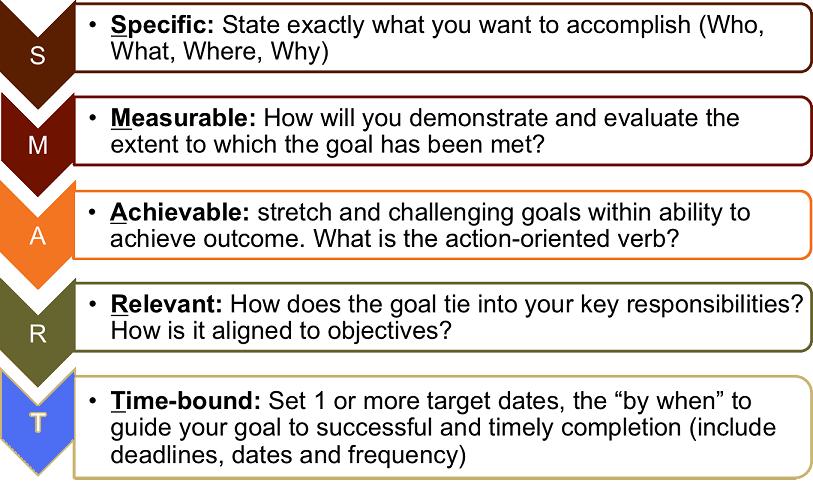Three Monks is a Chinese animated feature film produced by the Shanghai Animation Film Studio. After the cultural revolution and the fall of the political Gang of Four in 1976, the film was one of the first animations created as part of the rebirth period.
A young monk lives a simple life in a temple on top of a hill. He has one daily task of hauling two buckets of water up the hill. He tries to share the job with another monk, but the carry pole is only long enough for one bucket. The arrival of a third monk prompts everyone to expect that someone else will take on the chore. Consequently, no one fetches water though everybody is thirsty. At night, a rat comes to scrounge and then knocks the candleholder, leading to a devastating fire in the temple. The three monks finally unite together and make a concerted effort to put out the fire. Since then they understand the old saying "unity is strength" and begin to live a harmonious life. The temple never lacks water again.
Lessons of Management:
In the first scene :
The 1st monk is very kindhearted and cheerful. He finds happiness in keeping every one happy. To fill the bucket, he enthusiastically goes down the hill to fetch water and comes back, but his energy drains out after few attempts.
The 1st monk is very kindhearted and cheerful. He finds happiness in keeping every one happy. To fill the bucket, he enthusiastically goes down the hill to fetch water and comes back, but his energy drains out after few attempts.
Delegation : From manager's perspective, no matter how skilled a person is, it impossible to handle all situations single handed. If an employee invests too much of energy in one single work, he may not be able to strike a balance in the other important aspects). His productivity is on a decline with passage of time.Hence it is important to divide the work skill full and efficiently.
In the next scene:
A second monk enters the monastery, he volunteers to bring the bucket of water. Later both the monks feel the need to divide the work between them. There arises a conflict between the monks as each one of them try to escape the work burden. The carry pole is too long for a bucket of water. As a result the two monks keep shifting the bucket weight from one side to other depending upon their convenience. Sanity prevails when the first monk brings out a scale which divides the work pole into two equal parts. This shares the work burden equally among the three monks.
Productivity: Here we see that the productivity of each monk has increased as the two monks have started working in unison. Let me explain this with the simple table.
Productivity = output / effort
Effort for carrying 1 bucket full of water = 1
CASE I
|
CASE II
| |
Output
|
2
| 1 |
Effort / person
| 2 |
Thus it can be seen that Productivity in 1st case = 1
Productivity in 2nd case = 2
As the work gets divided the productivity of the work increases. In an organisation the work has to be effectively divided among the employee in order to work efficiently. This lessens the burden of each employee and extracts the maximum output from each of them.
Optimization of Work – Just as the first monk uses the scale to equally divide the work load, it is important to use some innovative tool or a standardized and unbiased procedure to share work among the employee. This can act as an effective tool for conflicting resolution and help the employee to work harmoniously.
In the third scene:
Now the third monk enters the story. Being stout and plump, it takes much of an effort to climb the hill and reach the top of monastery. He drinks all the water from the pot. The other two monks tell him to replenish the pot of water it is seen that the pot of water is too less to quench the thirst os all the three monks. This triggers a conflict between the three monks. Finally no one bothers to bring water to the monastery.
Beauraucracy - Which is synonymous to the " Two cats and the Monkey story".In case of lack of rules there is anarchy and lawlessness. For an organisation to function there has to be a proper framing of rules. This gives a definite direction to the course of work.
The fourth scene:
At night, a mouse comes to scrounge and knocks off the candleholder leading to a devastating fire in the monastery. As the three monks smell trouble. They start running with the bucket of water to the bottom of the hill and do everything to put off the fire. They work in unison in this moment of trouble and finally succeed in extinguishing the fire. The three monks then shake hands to acknowledge the effort put in by all three of them. They begin to live harmonious life. The temple never lacks water again.
TEAM IS PERFECTION:
At times of desperation, the three monks acted like a team. Unfavorable situations are the true test of one’s character. It is only during such situation that we realize what we are capable of doing.



